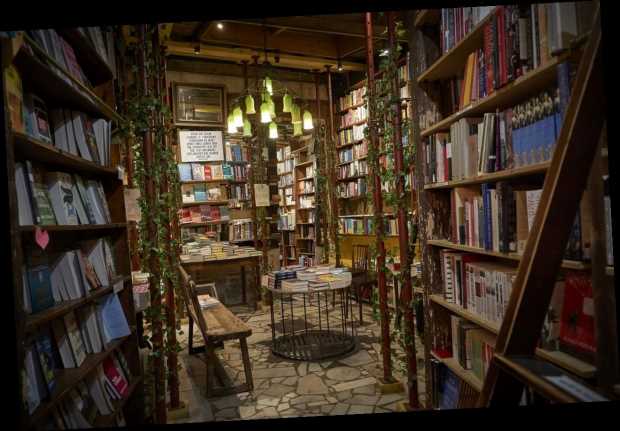Chloé Zhao’s “Nomadland” celebrates a journey of self-discovery as Fern, played by Frances McDormand, is left, as she puts it, houseless.
The journey is a liberating one as Fern travels from Empire, Nev., and meets real-life nomads along the way — people who live on the margins of society.
There is much beauty in Fern’s personal journey of self-discovery as well as in the stunning cinematography of the vast American West, captured by Joshua James Richards. And if anyone can understand Zhao’s vision, it’s Richards — this is their third collaboration. The two previously worked on “The Rider” and “Songs My Brother Taught Me.”
“Chloé and I spent a lot of time on the road because of our last two movies,” Richards says. Their travels gave them a taste of the nomadic lives depicted in their latest film.
Early conversations revolved around how to capture the performances and moments that were so vivid that they blurred the line between documentary and fiction.
Of visual ideas, Richards says, “I want people to feel what it’s like being on the road. You happen upon people and you bounce off of each other and you might never see them again.
“We were so excited to put the audience in that experience in a way that I hadn’t seen in the American road movie,” Richards says, “to capture the locations, the people, the faces and the ‘Grapes of Wrath,’ Steinbeckian way of living.”
When it came to lighting, Richards says, “I wouldn’t put a single light on Frances McDormand’s face to make her look prettier. The same with [the real-life nomads in the film] Swankie and Linda May.” Their faces carry “lines that come with very specific experiences that are true only to them.” The film’s natural lighting was part of his commitment to naturalism and truth.
He used an Arri Alexa 1280, which meant that he could use the camera’s sensors to add shadows and be sensitive to the natural lighting available to him.
“The reason for us embracing that — it’s this special time where we are not lit by the sun. We are lit by the atmosphere and the sun has left us. Our world is alone and things become more saturated.”
He adds: “Things become their unbiased and truest form. You’re free to be 360 because the light is bouncing up into the atmosphere and coming down and shadows aren’t an issue.”
Additionally, he paired the camera with wide Ultra Prime lenses so he could get up close and personal with his subjects. “I wanted to be inside their world, and I didn’t want to be shooting from a distance with zoom lenses.”
Source: Read Full Article

